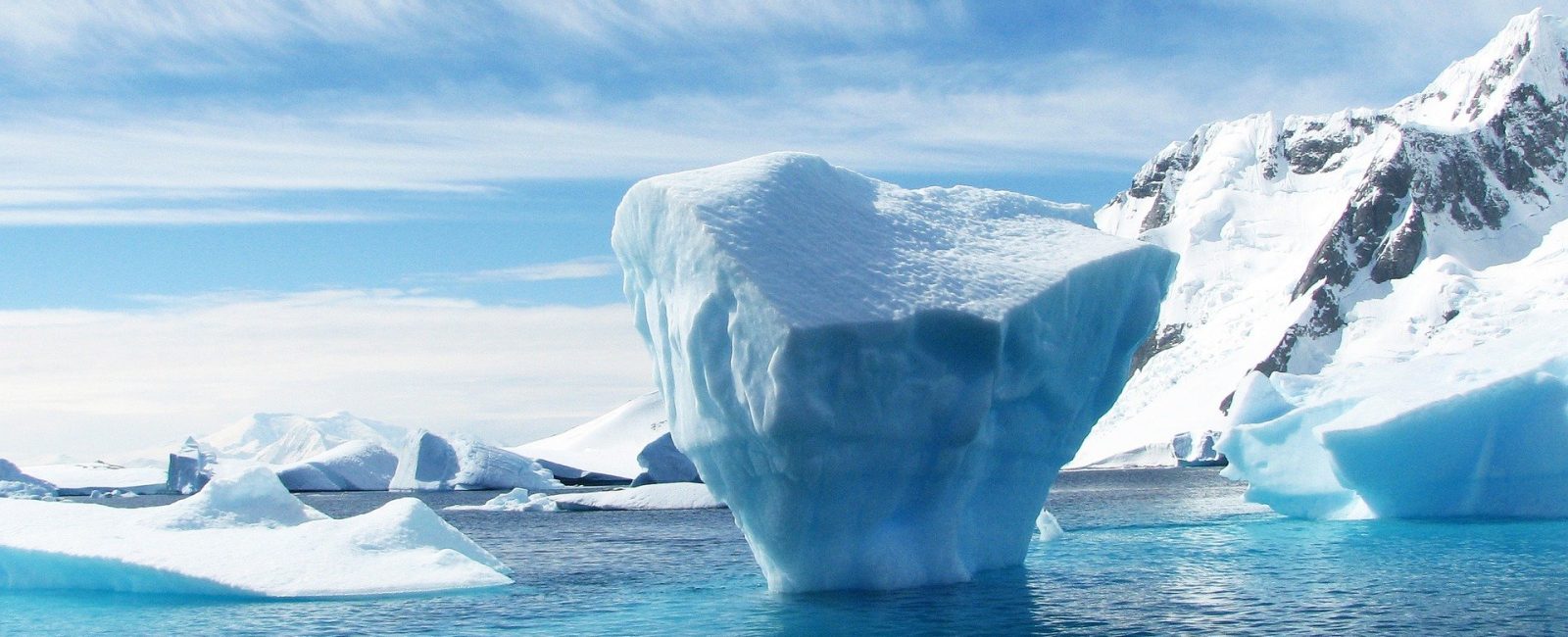
Victor Olerskiy served as Head of the Federal Agency for Maritime and River Transport for the Russian Government from 2016 to 2018. He was also Deputy Minister of Transport of the Russian Federation, affording him unique insights into the transport industry. This article will explore the Arctic route and its potential to revolutionise the global shipping industry.
The melting of sea ice in the Arctic Circle presents huge ecological challenges that could impact the entire world. However, at the same time, transport experts submit that geographical changes could potentially present opportunities too, chief among them development of the Arctic route.
The most popular prospect is the Northern Sea Route. Not actually one route but a network of passageways that cross the Russian Arctic, the Northern Sea Route crosses the Barents, Kara, Laptev, East Siberian and Chukchi Seas, continuing on to the Bering Strait between Alaska and Siberia.
However, the dangers associated with traversing such hostile and unpredictable territory have divided the global shipping industry. Such is the uncertainty that surrounds the prospect of Arctic shipping that the International Union of Maritime Insurers announced in August 2018 that insurance for such voyages would only be granted on a case-by-case basis.
According to a Copenhagen Business School study, the Arctic Route has potential to reduce voyage times between Europe and Asia by as much as 40%. According to searoutes.com, a vessel sailing from South Korea to Germany via the Cape of Good Hope would take 46 days to complete the journey. However, if the same ship completed its journey via the Northern Sea Route, it could complete it in just 23 days, effectively halving the journey time.
As shipping lines look to save time and costs, more and more are coming to recognise the potential posed by this significant commercial opportunity. In fact, the Northern Sea Route has been in use for some time now, albeit sporadically. In 2012, 46 vessels used the route, carrying 4 million tons of freight – a figure that snowballed to 71 million tons the following year. However, with the 2014 oil price collapse wiping out fuel-saving benefits, traffic along the route ground to a halt.
Since late 2016, when fuel prices started rising again, the global shipping industry has increasingly come to see the benefits of resuming services using the Northern Sea Route once more. The first two quarters of 2018 saw an 81% increase in ships using the Northern Sea Route, the vessels carrying 9.95 million tons of goods – almost double that transported via the route over the same period the previous year.
In October 2018, the Venta Maersk attracted international attention when it completed a 37-day trip incorporating the Northern Sea Route. Maersk strenuously emphasised that the voyage was a one-off and that it did not see the route as an alternative to existing routes. However, the Venta Maersk was well-prepared for the trip, coming from a new ice-class of ship with a stronger hull specifically designed for harsh Arctic conditions. The Venta Maersk was the first containership to make the journey. Up until that point, the Northern Sea Route had predominantly been the remit of tankers and passenger ships.
Summer ice extent has declined by 40% in the Arctic since satellite observations started in 1979, with sea ice thinning considerably over that period and declining in volume by 70%. Opinions vary wildly as to whether summer sea ice in the Arctic will melt completely, with the latest research suggesting that the sea ice in the region may have entered into a new state of low ice cover. Meanwhile, research from NASA indicates that multi-year ice is disappearing faster than younger, thinner ice, suggesting longer ice-free periods in the future.
Significant obstacles remain in the Northern Sea Route, such as windchill, sea spray, remoteness, a lack of reliable weather forecasts, and implications for rescue and emergency operations. Through the winter and spring, ice conditions are likely to remain heavy. Nevertheless, with the region witnessing a much faster than predicted decline of sea ice over past decades – and despite the significant logistical challenges involved – the route is becoming increasingly feasible for a few months every summer, posing scope for shipping lanes to shave significant time off journeys and presenting significant costs savings at a time when fuel is at a premium.












